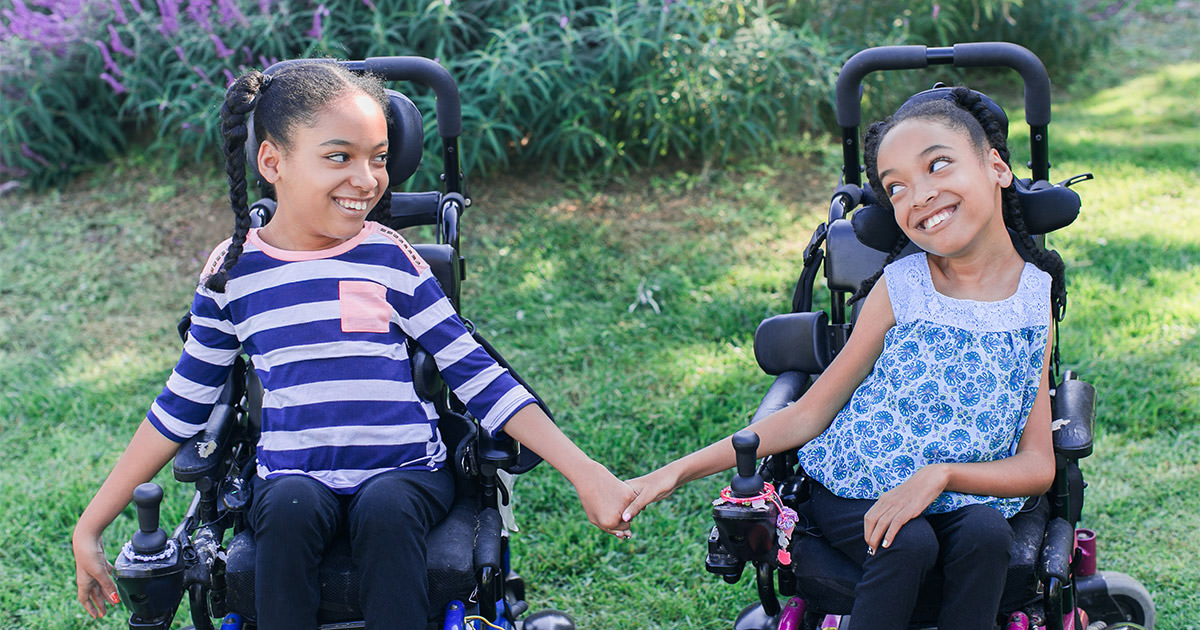Guide To The Types Of Muscular Dystrophy
Muscular dystrophy is the overarching name for a group of illnesses that progressively cause a reduction in muscle mass and weakness in the body. Each type of muscular dystrophy is a genetic condition. Mutations in the genes interrupt or otherwise harm the protein production necessary for healthy muscle. Proteins are what help develop and maintain muscle mass.
Since there are so many kinds of muscular dystrophy, the symptoms and age of onset vary widely. Different presentations affect different parts of the body. The most common type presents in childhood and is more common in boys. Some types don't show symptoms until after an individual reaches adulthood. Muscular dystrophy doesn't have a cure, but there are medications and physical therapy courses that can slow the illness and help manage symptoms.
Duchenne Muscular Dystrophy

Duchenne muscular dystrophy (DMD) is one of the major types of muscular dystrophy. Like all kinds of muscular dystrophy, it causes progressive weakness and degeneration of the muscles. DMD occurs because the body is unable to make dystrophin, a protein necessary for maintaining muscle cells and keeping them intact. The onset of symptoms occurs early in childhood, typically between three and five years old. It's rare for Duchenne muscular dystrophy to affect girls, and most diagnosed cases are boys. Though girls are rarely diagnosed, it's still possible for them to have the disease or be a carrier for the genetic mutation that causes it.
The muscle weakness sometimes begins by three years old, though it can set in later. The first muscles affected are the hips, shoulders, thighs, and pelvis. As the disease progresses, the skeletal muscles in the trunk, legs, and arms also become affected. Individuals with this disease often have enlarged calves. By the patient's early teenage years, the respiratory muscles and heart are affected. In the past, the life expectancy of individuals with DMD was not far into adulthood. However, advances in respiratory and cardiac care have increased life expectancy enough that patients surviving into their 30s is now common. Some men have even lived to forty or fifty years old.
Becker Muscular Dystrophy

Becker muscular dystrophy (BMD) is a more mild variant of Duchenne muscular dystrophy. The progression of Becker muscular dystrophy is similar to DMD, but the voluntary muscles retain more function than muscles do in DMD. Unfortunately, the heart muscle doesn't appear to be more mildly affected than the hearts of Duchenne muscular dystrophy patients. BMD patients tend to present with the same cardiac issues. Becker muscular dystrophy begins showing symptoms later than DMD, with the onset occurring in adolescence and late childhood. Though the disease is progressive, BMD progresses more gradually than Duchenne muscular dystrophy. It's also harder to predict the course.
Like with DMD, individuals with BMD often have enlarged calves, and the weakness occurs in the same areas first. Becker muscular dystrophy is also caused by abnormalities in dystrophin. Duchenne muscular dystrophy patients produce little to no dystrophin in their body, but individuals with BMD do synthesize dystrophin, though it's just partly functional. BMD patients have a shorter form of dystrophin, which can't provide the same function as normal dystrophin, but offers protection from the same weakness seen in DMD.
